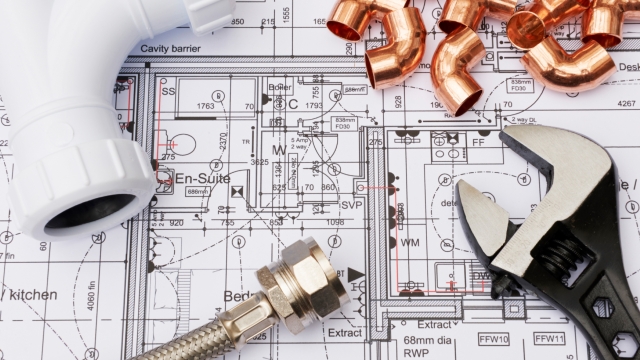
Unblocking the Myths: Plumbing 101
Plumbing, an essential aspect of our daily lives, often remains shrouded in mystery and misconceptions. The mere mention of pipes and valves can leave many of us feeling helpless and clueless. It’s time to unblock the myths and gain clarity with a comprehensive plumbing 101 guide. Whether you’re a homeowner or simply curious about the inner workings of your plumbing system, this article will provide you with the essential knowledge to navigate through the realm of pipes, drains, and water flow. So, let’s grab our wrenches and plunge into the fascinating world of plumbing together, shall we?
Understanding Plumbing Systems
Find a plumber
Plumbing systems form an essential part of any residential or commercial building. They are responsible for supplying clean water, as well as removing waste and maintaining hygiene. Having a basic understanding of plumbing systems can be helpful, especially when it comes to identifying and resolving common plumbing issues.
The two key components of a plumbing system are the water supply system and the drainage system. The water supply system brings fresh water into the building, while the drainage system ensures the proper removal of wastewater.
The water supply system usually consists of a main water line connected to the municipal water supply. From there, the water is distributed through a network of pipes to various fixtures such as faucets, showers, and toilets. A combination of valves, pressure regulators, and pumps helps to control and maintain the water pressure throughout the building.
On the other hand, the drainage system facilitates the removal of used water and waste from the building. Gravity plays a crucial role in this system, as the drainage pipes are installed with a slight downward slope to allow the water to flow away easily. These pipes connect to a larger sewer line or a septic tank, where the waste is then transported to a treatment facility or safely disposed of.
Understanding the layout and functioning of plumbing systems can empower individuals to tackle minor plumbing issues themselves or communicate effectively with professional plumbers when needed. In the following sections of this article, we will delve into specific aspects of plumbing, providing you with a comprehensive guide to navigate the world of plumbing.
Common Plumbing Problems
Leaking Faucets: One of the most common plumbing problems that homeowners face is a leaking faucet. A dripping faucet not only wastes water but can also lead to higher utility bills. It is often caused by a faulty washer or O-ring that needs to be replaced. Some people try to fix it themselves, but if you’re not experienced with plumbing, it’s best to consult a professional.
Clogged Drains: Another common plumbing problem is a clogged drain. Whether it’s a kitchen sink, bathroom sink, or shower drain, blockages can occur due to a buildup of hair, food particles, grease, or other debris. Minor clogs can often be cleared using a plunger, but more stubborn ones may require the use of a drain snake or chemical drain cleaner.
Running Toilets: A running toilet can be quite annoying and wasteful. It happens when water from the tank continuously flows into the bowl, causing the toilet to run non-stop. This is usually caused by a malfunctioning flapper valve or a faulty fill valve. To fix this problem, you may need to adjust or replace these components. If you’re unsure, it’s advisable to seek professional help to ensure a proper fix.
Remember, these are just a few examples of common plumbing problems homeowners may encounter. Plumbing issues can vary in complexity, so it’s always wise to consult a licensed plumber for a proper diagnosis and resolution.
Basic Plumbing Maintenance
Regular maintenance is essential for keeping your plumbing system in top shape and preventing costly repairs down the line. By following these simple steps, you can ensure the longevity and efficiency of your plumbing system.
Check for leaks: Routinely inspect all the faucets, pipes, and fixtures in your home for any signs of leaks. Look for drips, wet spots, or puddles of water. If you notice any leaks, it’s important to fix them promptly to prevent further damage.
Clear clogs: Clogged drains are a common plumbing issue that can disrupt your daily activities. To clear minor clogs, you can use a plunger or a mixture of baking soda and vinegar. However, for stubborn clogs, it’s best to call in a professional plumber to avoid causing any damage to your pipes.
Maintain water heater: The water heater is an important component of your plumbing system. To ensure its optimal performance, drain and flush the tank at least once a year to remove sediment buildup. Additionally, check the temperature and pressure relief valve regularly to make sure it’s functioning correctly.
Remember, proper maintenance is key to a well-functioning plumbing system. By staying proactive and addressing any issues promptly, you can save yourself the hassle and expense of emergency plumbing repairs.


